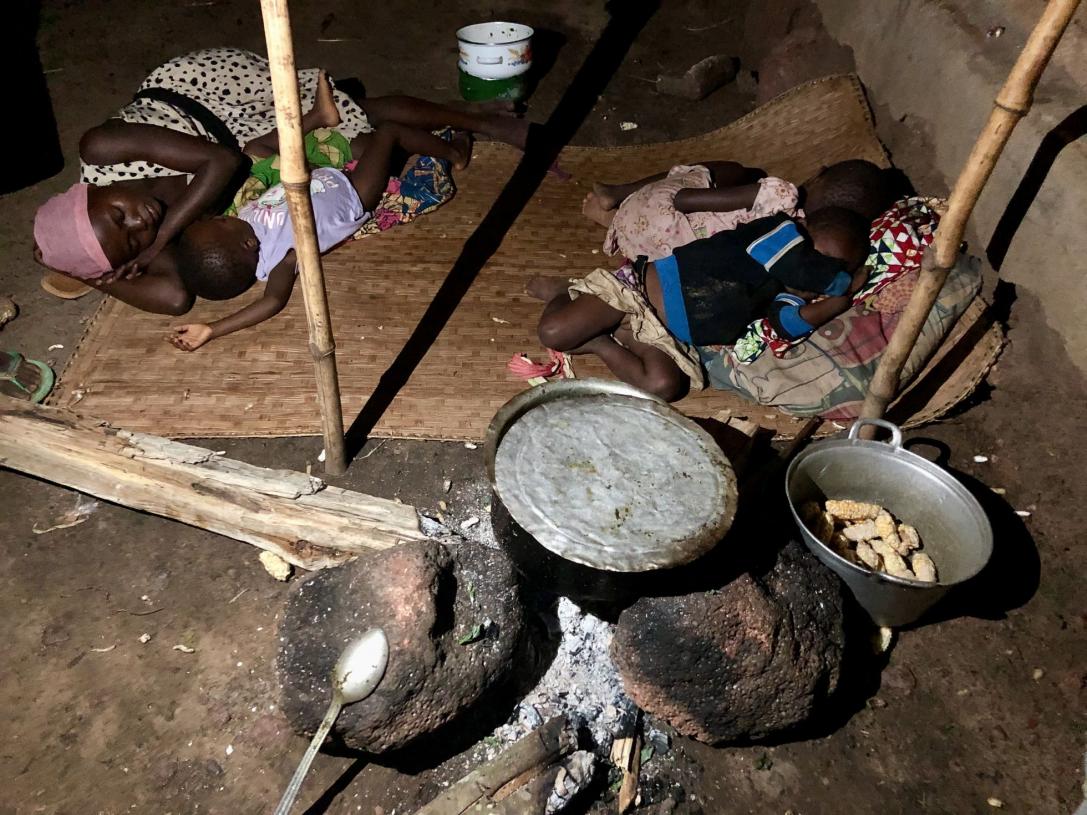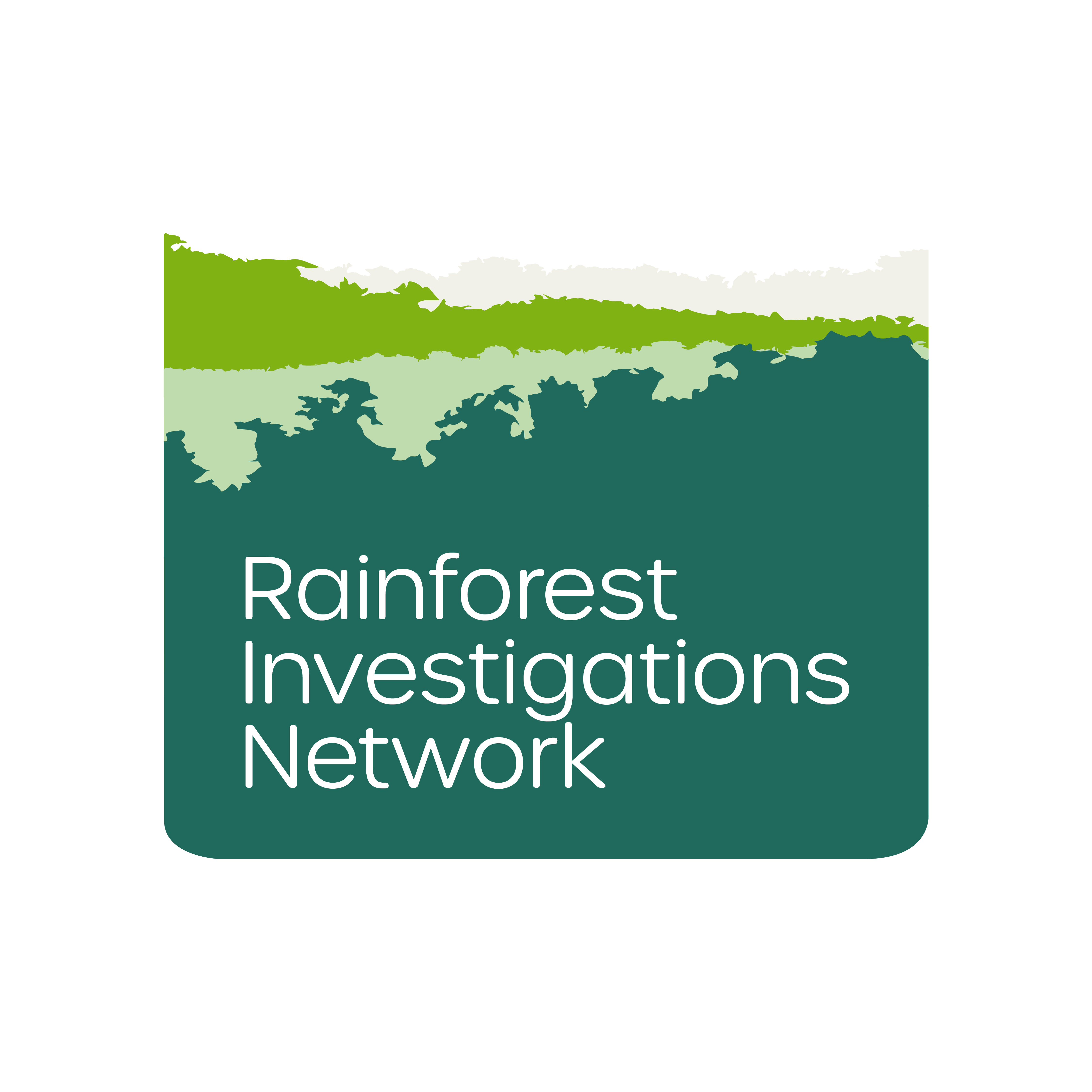A Spanish version of the story can be found on El País.
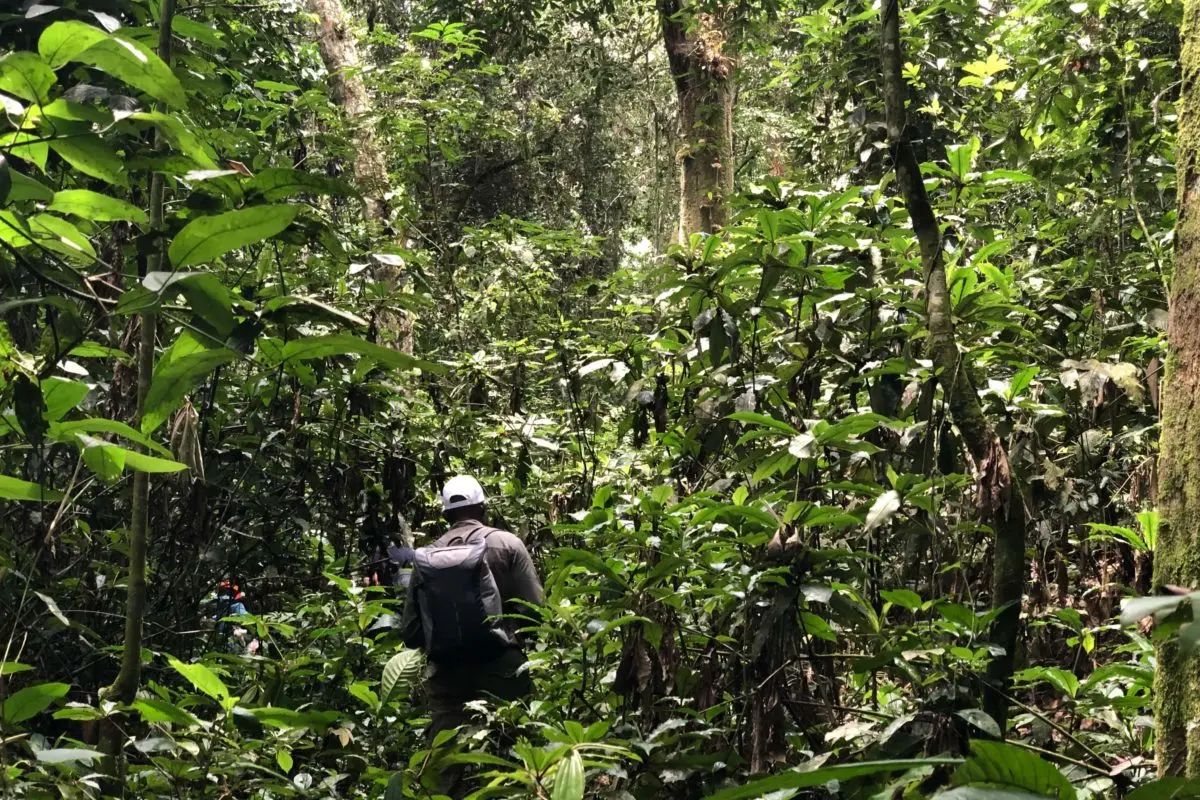
- An EL PAÍS/Planeta Futuro investigation exposes plans to open timber transport roads in a tropical forest, connected to the Yangambi Man and Biosphere Reserve. The area, in northeastern Democratic Republic of the Congo (DRC), is a wildlife corridor and a haven for chimpanzees, pangolins, and Afrormosia, an endangered tree species traded in global markets.
- The timber, including hardwoods regulated by the Convention on International Trade in Endangered Species (CITES), is exported to the European Union and the United States.
- The United Nations Educational, Scientific and Cultural Organization (UNESCO) is preparing an audit to salvage DRC’s three Man and Biosphere Reserves through better-governance arrangements. They will also review the zoning of the Yangambi Biosphere Reserve to preserve high-conservation value areas.
- Mongabay has partnered with EL PAÍS/Planeta Futuro to publish this work in English. This story was produced with the support of the Rainforest Investigations Network (RIN) of the Pulitzer Center.
ISANGI, Congo — In a secluded corner of the Congo, machetes in hand, scientists make their way through the Yangambi Reserve, using shallow streams as natural paths to move faster through the wilderness.
Some of them are plotting routes for a large-scale biodiversity survey. Others are climbing a metallic structure the size of a 20-story building, the first of its kind in the Congo Basin. The flux tower measures the exchange of greenhouse gasses between the atmosphere and the ecosystem, providing precious insights into the anti-emissive role of the Congo forest, whose trees store a third more carbon per hectare than the Amazon.
In the neighboring Ngazi forest, scientists such as Jonas Kambale are also busy monitoring species that once abounded in Yangambi. “This forest is a wildlife reservoir,” he said. “If we want the Yangambi Biosphere Reserve to be viable, we can’t forget Ngazi.”

Whistleblowers and others in possession of sensitive information of public concern can now securely and confidentially share tips, documents, and data with the Pulitzer Center’s Rainforest Investigations Network (RIN), its editors, and journalists.
The isolation of this tract of forest has sheltered large mammals such as okapi (Okapia johnstoni) and chimpanzees (Pan troglodytes) from anthropomorphic pressures in a country with one of the highest human population growth rates on the planet. But timber transport roads planned for 2024 may change that, as they open up a largely inaccessible area to commercial hunting, charcoal making, and slash and burn agriculture, a leading cause of deforestation in the world’s second-largest rainforest.
This ecological haven is connected to the Yangambi UNESCO Man and Biosphere Reserve in northeastern DRC — one of the first of its kind and a prime site for climate and biodiversity research. However, the Ngazi forest now finds itself home to an industrial logging concession.
The concession belongs to a subsidiary of the Lichtenstein-registered Norsudtimber group, which recently converted most of its logging titles into conservation concessions for the sale of carbon credits. Official data shows they have sold timber in the US and are one of the three top exporters of Afrormosia (Pericopsis elata) into Belgium, the main gateway for this endangered tree species into the EU.
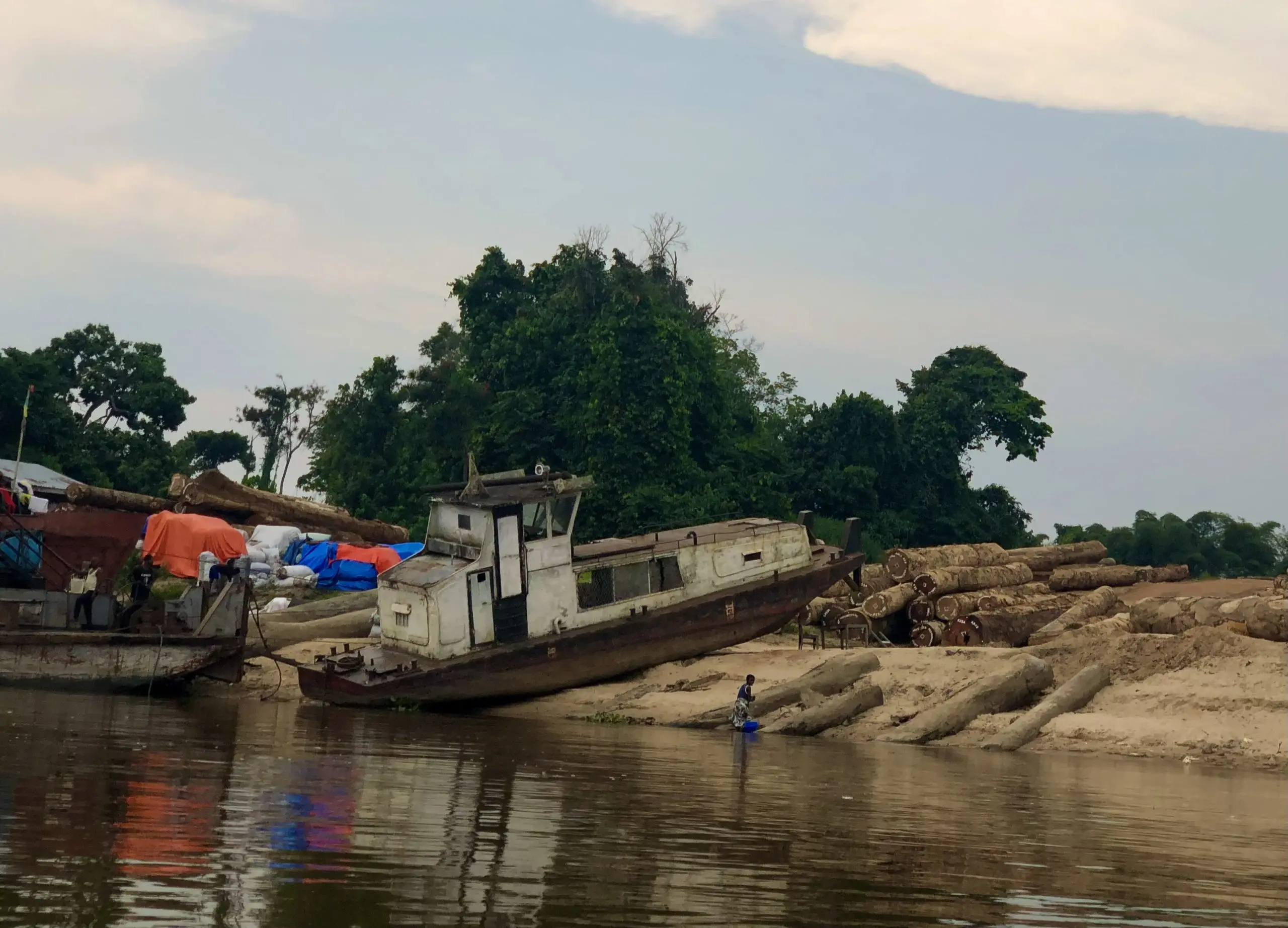
Northern DRC is rich in Afrormosia, a prized hardwood whose EU trade is being scrutinized in view of irregularities in export quotas recently flagged by EL PAÍS/Planeta Futuro. Europe is the world’s leading donor for Congo forest conservation and member of a 12-donor group that has pledged to disburse $500 million for that purpose in the next five years.
As the DRC prepares to receive millions in donor money for forest conservation, official documents and data show the DRC environment ministry authorized the logging concession to alter its limits, in spite of a 20-year moratorium on new industrial felling contracts. Officials then approved the upcoming opening of timber transport roads in Ngazi forest, a wildlife corridor the ministry itself had described as an integral part of the Yangambi UNESCO Man and Biosphere Reserve. Preparations to log in the area are due to start next year.
Shifts in concession limits
The first warning about the change of the concession limits appears in the management plan that the World Wide Fund for Nature (WWF) drafted in 2011, the same year the contract for the concession, known as 042/11, was signed. The author of the plan was a forestry expert who shortly thereafter became the Secretary General of the Environment Ministry and who holds a high position to this day.
According to the document, the Ministry had awarded loggers the northern part of the Yangambi reserve and most of what the document describes as the Ngazi forest reserve, an adjoining area suited to scientific research. At the time, the overlapping area covered 53,628 hectares (132,000 acres). “Such an act reinforces the position of local actors who consider themselves entitled to shamelessly plunder the reserves’ natural resources,” the WWF planning document reads.
Only three years later, in 2014, concession 042/11 had to reduce its size to abide by the maximum allowed area of 300,000 hectares — and the company took that opportunity to further shift the concession boundaries towards the biosphere reserve, totally engulfing Ngazi forest. The move was authorized by the Environment Ministry.
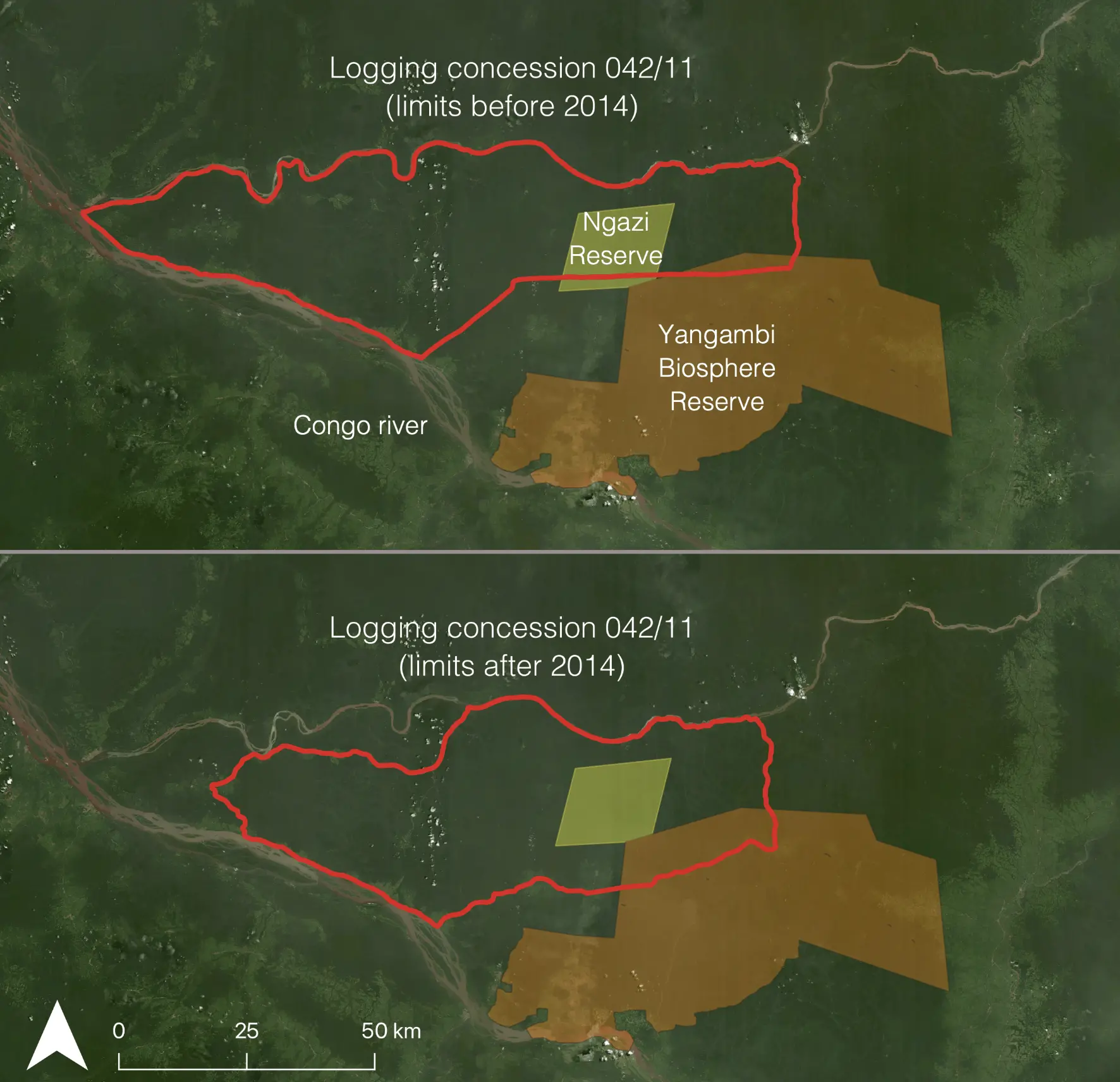
“To push a concession beyond its original boundaries, you’d have to write a new contract, but that would breach the moratorium on new industrial logging titles,” a Congolese lawyer who works on forest governance issues said, speaking on condition of anonymity. “On top of that, communities have ancestral rights over their forests, so the government can’t allocate land to private entities without a public inquiry.”
Falling off the map
In 2015, one year after the limits of concession 042/11 had been altered, the Ministry and the International Union for Conservation of Nature (IUCN) published the General Management Plan for the Yangambi Biosphere Reserve, building on WWF’s work: "The Ngazi forest reserve […] is an integral part of the Yangambi Biosphere Reserve,” the document notes.
This inquiry reviewed the 25-year management plan for concession 042/11, approved in 2018. It acknowledges work done by IUCN and WWF, but avoids mentioning Ngazi despite the situation having been featured in reports for years.
The $374,000 plan was produced by French firm Forêt Resources Management (FRM) under the auspices of d'Appui à la Gestion Durable des Forêts en République Démocratique du Congo (AGEDUFOR), a major project funded by the French Development Agency that ran through 2019. Its objective was to advance sustainable forest management in the DRC.
“How consultants could draft such a plan, and how the Environment Ministry could approve it after consultation, is a mystery to me,” says an expert in forest policy from the DRC, speaking on condition of anonymity to protect his engagement with the authorities.
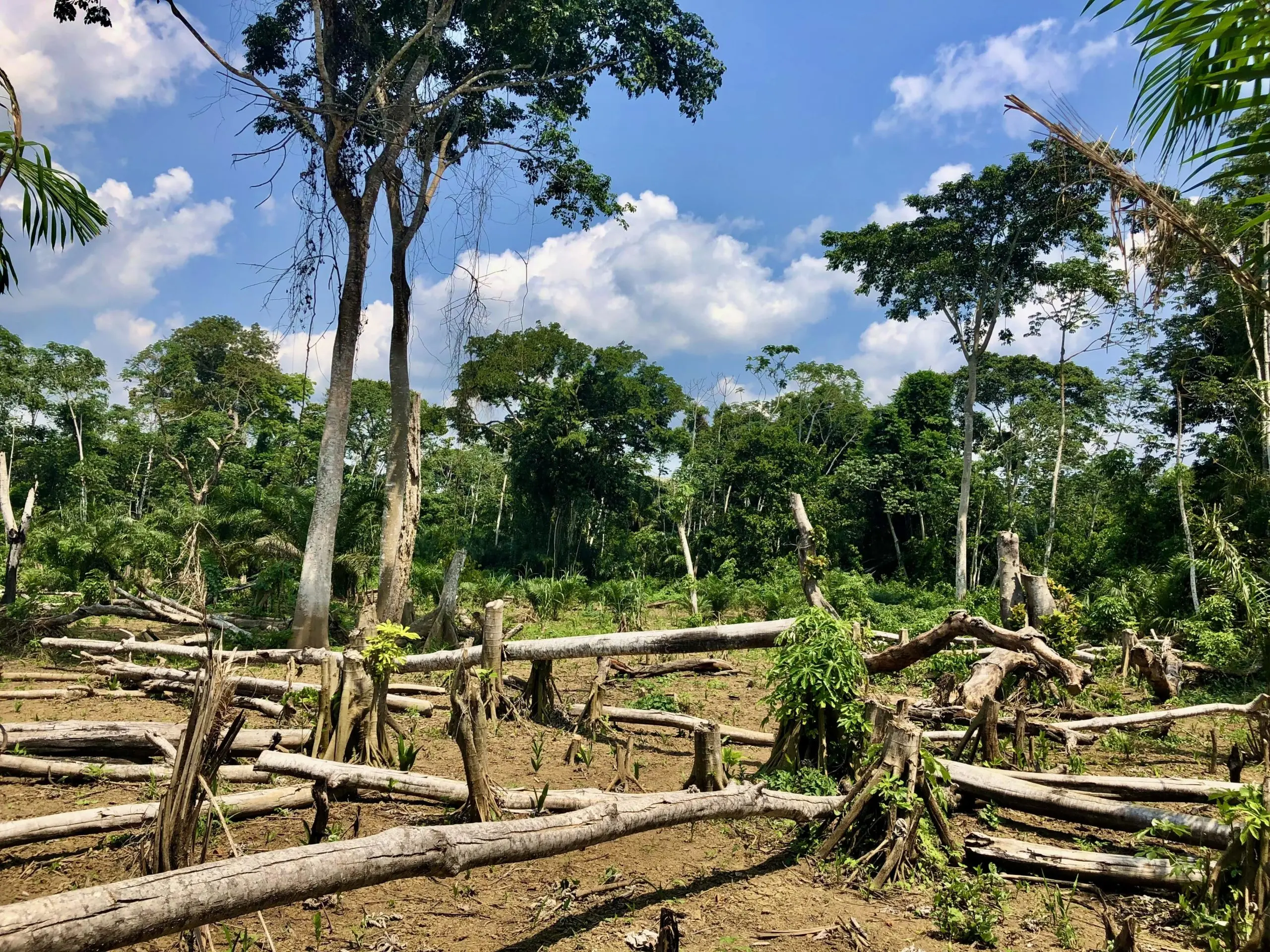
Another cause for concern are the limits of the Yangambi Biosphere Reserve as depicted on the current DRC Forest Atlas. They do not match any historical maps. The tool was produced by a non-profit with data provided by the environment ministry and the financial support of USAID, UKAid and Norway.
Those limits make the overlap with the other land uses appear irrelevant — especially since the Atlas features the old perimeter of concession 042/11, before it moved towards the reserve.
The map has since made its way into the observatory of the Central African Forests Commission (COMIFAC) and the management plans of logging concessions such as 042/11 — plans that open the door to exporting trees regulated by CITES, such as Afrormosia.
Review in the works
Noeline Raondry Rakotoarisoa, UNESCO’s director responsible for its African network of reserves, is one of the world’s leading experts on Man and Biosphere Reserves. “Ngazi forest is an important biodiversity reservoir that could eventually help repopulate surrounding areas, and we must ensure it maintains this function,” she said, adding that Ngazi provides large mammals with a wildlife corridor that allows them to move about the landscape and maintain healthy, viable populations. It also acts as a buffer, sheltering the core of the Yangambi Reserve from human encroachment.
Raondry said UNESCO will oversee a review of the reserve zoning conducted by WWF in 2011. “There is no point in protecting places that have been completely destroyed.”
The UNESCO representative also told us an audit will be conducted to determine which DRC institutions are best suited to manage the country’s three Man and Biosphere Reserves. Consultants are expected to start work on the audit in September.
“We want to position Biosphere Reserves as an example of land-use planning and sustainable development,” she said. As things stand, industrial logging concessions have been overlapping with hunting domains and there have even been plans to auction oil blocks in national parks.
In the case of Yangambi, the 2015 management plan has never been implemented, mostly due to poor institutional coordination and governance. In the meantime, a booming population with few livelihood alternatives has been increasingly turning to the reserve for survival.
Some people travel as far as 25 miles (40 kilometers) to exploit natural resources in the reserve. They mine gold, log trees to make canoes, and burn patches of forest to establish temporary, low-yield cassava fields. They also shoot small mammals for urban wildlife markets. Only the biggest mammals survive in Ngazi forest.
“No raincoats, no means of transportation, no budget, no clear reserve boundaries; what can we do?,” Tabine Assimbu, an agronomic engineer, asked. “Also, locals need livelihood alternatives; otherwise, what can they do?”
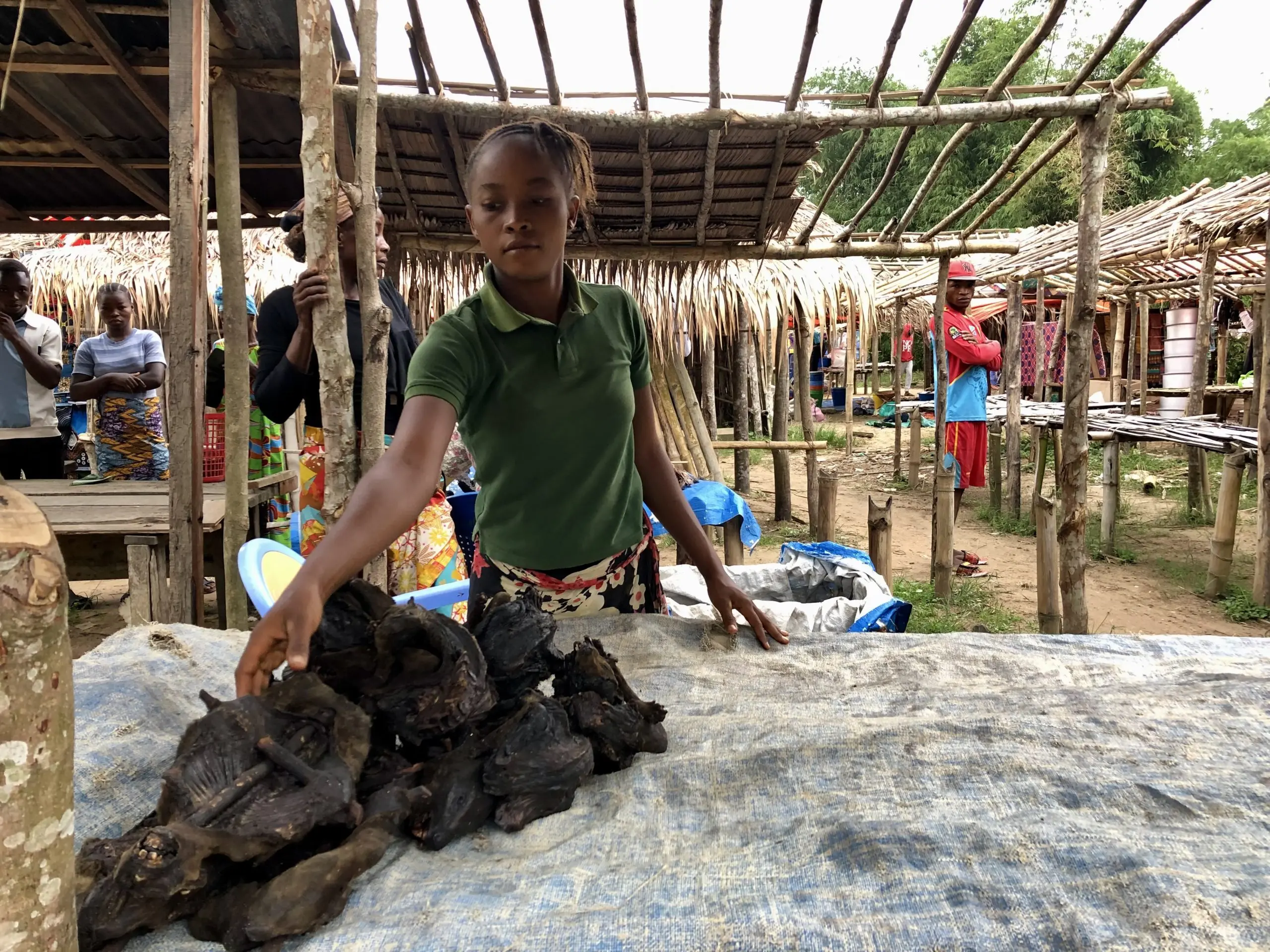
Sodefor, Norsudtimber’s parent company, said it was not aware of the documentation showing Ngazi was an “integral” part of the biosphere reserve. They also said the company was not routinely consulted for such reports.
“But we are in contact with stakeholders… to contribute to the Yangambi Biosphere Reserve and its biodiversity objectives,” a Sodefor spokesperson said.
The Environment Ministry did not respond to requests for comment, sent by email. The French consulting firm, FRM, also did not respond.
This story was produced with the support of the Rainforest Investigations Network (RIN) of the Pulitzer Center. It was originally published in Spanish by EL PAÍS.


